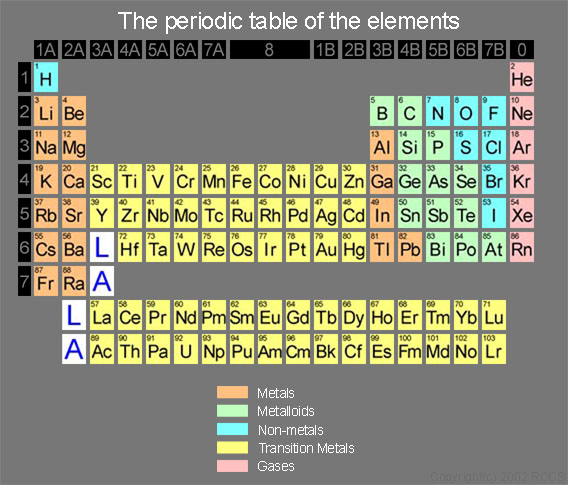
|
FN
225:
Nutrition
Noy Rathakette, Ph.D. Health Professions Division Lane Community College Eugene, Oregon EXAM
RESULTS-
LECTURE 8A: Vitamins & Minerals- part 2 During
Week 7, we looked at the first 4 NUTRICHARTS:
During
Week 8, we'll look at the last 2 NUTRICHARTS.
NUTRI-CHART 5 lists the Nutrients Involved in FLUID & ELECTROYTE BALANCE As discussed during Week 1, water is one of the 6 categories of nutrients. The others were
A pale yellow urine indicates that the body probably has enough water to accomplish these tasks. Both too much water and too little can be a problem. Too much water dilutes sodium, which you can see below is an important electrolyte. As you can also see on this page, electrolytes have vital roles nerve response and muscle contraction. Too little water is especially dangerous for infants and the elderly, as the chapter discusses. Problems from too little water often come from what you drink instead of water, like soft drinks and juice. Sugar in soft drinks and juice is a solute that draws water out of cells, dehydrating them. The salt in fast foods, snacks and soups is also a solute that draws water out of cells, dehydrating them. As the JUST RIGHT column says for NUTRI-CHART 5, ELECTROLYTES Help regulate: • Fluid balance • Nerve response • Muscle contraction So these 3 bullets are functions of all of the electrolytes on the chart. Important electrolytes include
Can you find each of those 4 on the Periodic Table below? |

| As the
NUTRI-CHART says, sodium in the body helps regulate water in fluid
compartments by being part of the sodium/potassium "pump". By
being part of this "pump", sodium
helps keep the correct amount of water OUTside cells. Too much sodium in the body can contribute to hypertension if a person is among the people with hypertension who are salt sensitive. The NIH (National Instiute of Health) estimates the 56% of people with high blood pressure are salt sensitive. Sodium may cause calcium excretion in some people. Potassium helps keep the correct amount of water INside cells, by being part of the sodium/potassium "pump". Without this water, cells collapse and can't function. Too little potassium in the body can be caused by abuse of what can be called the 3Ps.
Now watch "Video Clip 1: Electrolytes" below. |
| Video
Clip 1: Electrolytes approximately 8 minutes If
the movie isn't showing up on
your
computer, you may
not have the latest version of QuickTime on your computer. Click here
to download the newest version of Quick Time.
|
| The above Video Clip
mentions a "Rule of Thumb" regarding sodium inttake. Disregard
that "Rule of Thumb". Here's a little 2-minute animation from McGraw-Hill called: How the Sodium Potassium Pump Works. It mentions ATP, which we will talk about in Week 10. If you haven't learned about it in another class, ATP stands for adenosine triphosphate and it is the major 'currency' of energy in the body. It is not energy itself, but rather temporarily "stores" energy in its phosphate bonds. When the third phosphate bond is broken and energy is released that can fuel the metabolic chemical reactions required by living organisms. Some think of ATP as a battery that once charged, it can set off a spark of energy that can be used to do work in the body. NUTRI-CHART 6 lists the Nutrients Involved in BONE HEALTH. As you can see at the top of this page, bone health depends on many factors, including
|

| The
macronutrient protein is also important for
strong bones because crystals
form around a matrix
made of protein (collagen). High protein diets can
promote
calcium excretion as can the mineral sodium. Both
protein and sodium are often high in American diets, which is not a
good situation for bones, especially considering the diet might also
be low in calcium. Common American diets might also be low in 2 vitamins important for bones- vitamin D and vitamin K. (Remember that vitamin K is not the same thing as the mineral potassium, abbreviated with a K.) Vitamin D helps your body absorb calcium and vitamin K helps make osteocalcin, a protein associated with bone matrix remodeling. |
| Video
Clip 2: Bone Health Part 1 approximately 6 minutes If
the movie isn't showing up on
your
computer, you may
not have the latest version of QuickTime on your computer. Click here
to download the newest version of Quick Time.
|
|
The next Video Clip will help
you fill in a remaining blank on page 99 (in the phosphorus section),
Video
Clip 3: Bone Health Part 2approximately 8 minutes |
Page 101 in your packet lists food sources of vitamins and minerals, including those that help with bones, such as calcium. Canned salmon is listed as a source of calcium, while fresh salmon is not listed. This is because the high heat used in the commercial canning process pulverizes the bones so they can be eaten. Some foods are fortified with bone-building nutrients, like the soy milk and orange juice shown below. 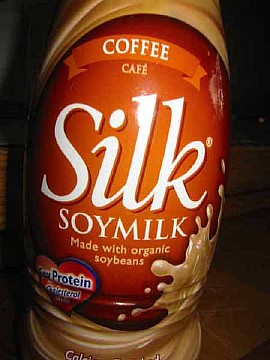 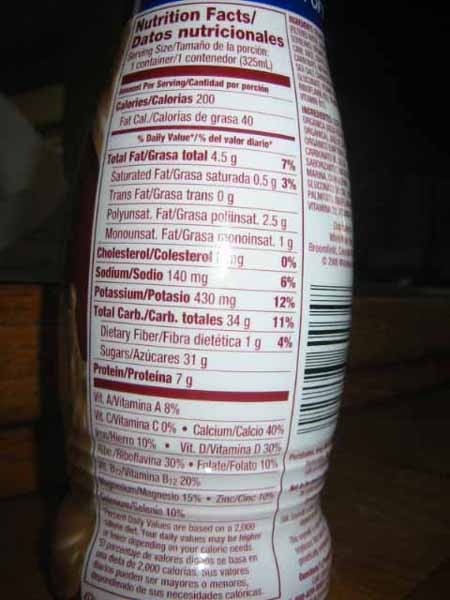 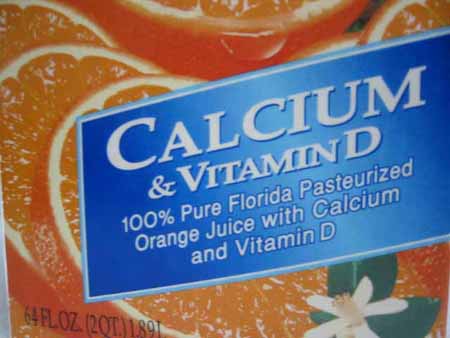 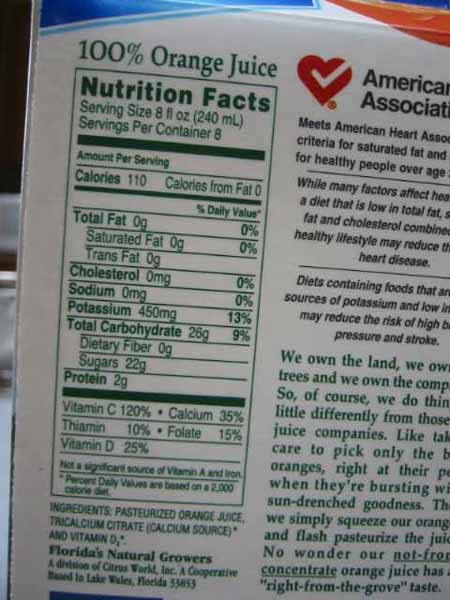 |
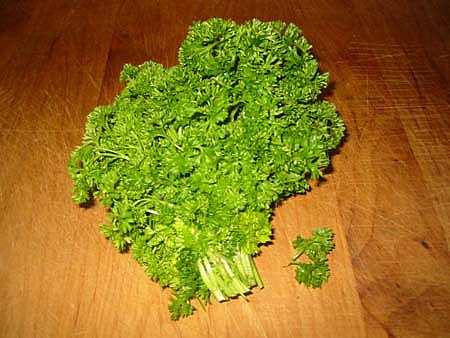 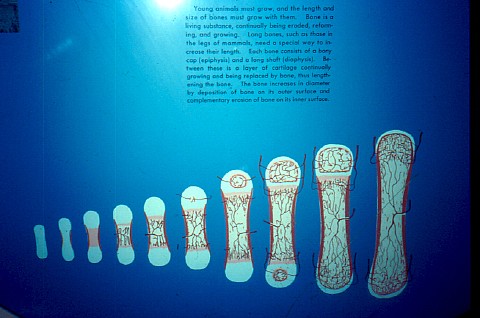 The above display at a Smithsonian
Museum
in Washington D.C. (in the late 1980s) said:
Young animals must grow, and
the length and size of bones must grow with them. Bone is a
living substance. continually being eroded, reforming, and growing.
Long bones, such as those in the legs of mammals, need a special
way to increase their length. Each bone consists of a bony cap
(epiphysis) and a long shaft (diaphysis). Between these is a
layer of cartilage continually growing and being replaced by bone, thus
lengthening the bone. The bone increases in diameter by
deposition of bone on its outer surface and complementary erosion of
bone on its inner surface.
This process is dependent upon vitamin A. |
|
Fluoride is on the
NUTRI-CHART for BONE HEALTH. For more information on fluoride,
watch the last Video Clip.
Video Clip 4: Fluoride approximately 8 minutes If
the movie isn't showing up on
your
computer, you may
not have the latest version of QuickTime on your computer. Click here
to download the newest version of Quick Time.
|
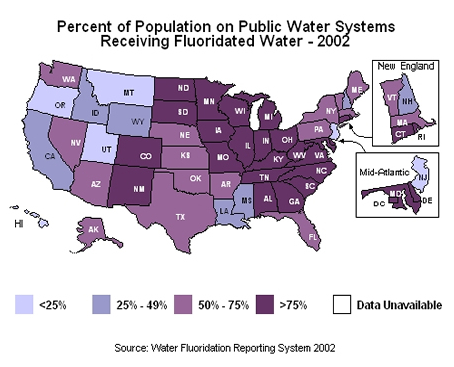 |
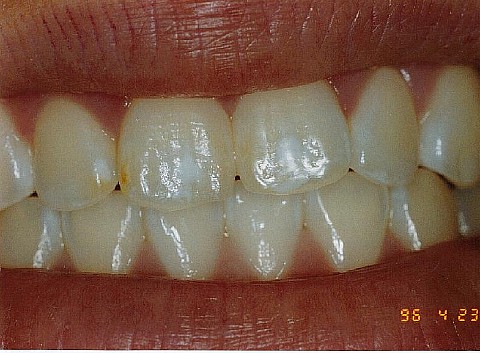 Fluorosis (white spots from too much fluoride) 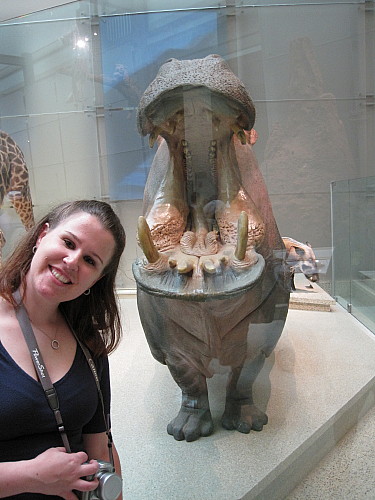 Two other nutrients on the BONE HEALTH NUTRI-CHART on page 99 include phosphorus and potassium. There is some evidence that cola consumption may lead to lower bone density in older women possibly by replacing bone calcium with phosphoric acid, an ingredient not found in most other non-carbonated beverages. |